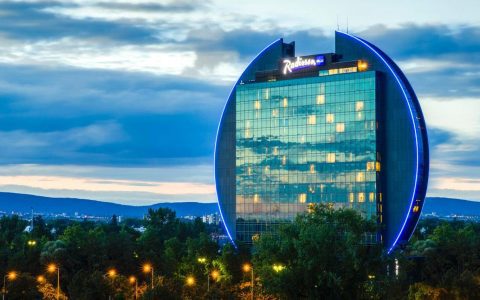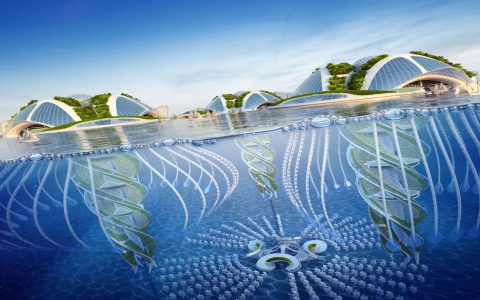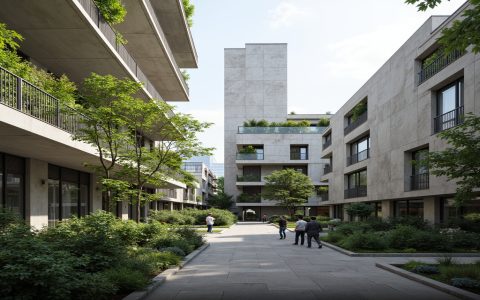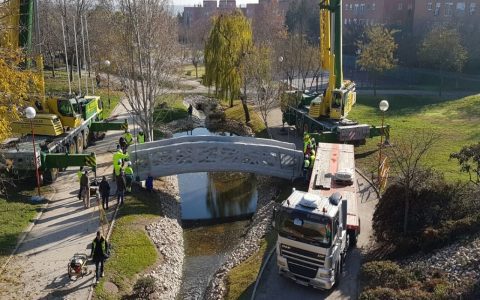Circular buildings focus on sustainable principles throughout their lifecycle, prioritizing resource efficiency, minimizing waste, pollution, and carbon emissions, while maximizing adaptability and environmental regeneration. Here are standout global examples:
Inspiring Examples of Circular Buildings
The Crystal, London, UK: A Siemens urban sustainability center. Designed as an all-electric building (gas-free), it achieved Outstanding BREEAM certification. Features include rainwater harvesting, solar thermal panels, heat pumps, automated lighting/shading, and extensive use of recycled and low-impact materials. Its design allows components to be easily disassembled and reused.
The Edge, Amsterdam, Netherlands: Frequently cited as one of the world's smartest and most sustainable office buildings. Achieved a 98.4% BREEAM Outstanding score. Uses an aquifer thermal energy storage system, extensive solar panels (producing more energy than it consumes), LED lighting powered by Ethernet (PoE), and smart systems optimizing space usage and energy based on occupancy. Materials were selected for disassembly and recycling.
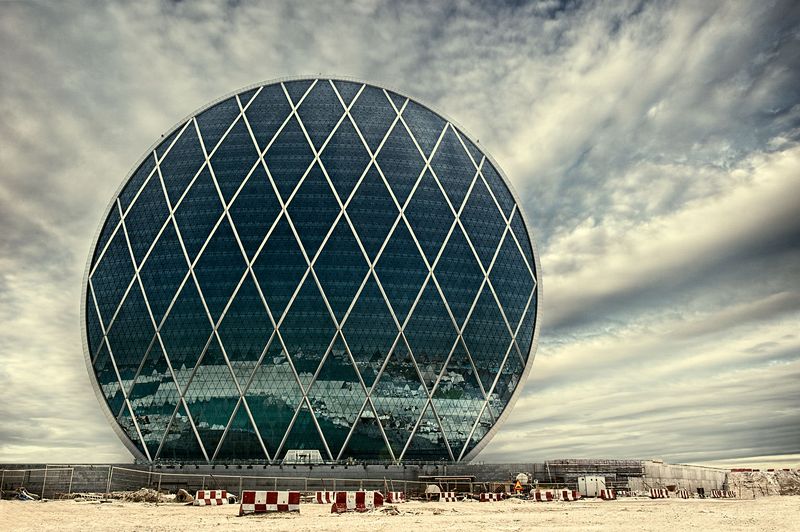
Circle House, Lendager Group, Denmark: A pioneering residential project demonstrating scalable circular construction. Over 90% of the building materials (like reclaimed brick, recycled concrete, upcycled wood) are either reused or recyclable. Designed for disassembly ("design for deconstruction") using reversible connections, enabling easy future material recovery and reducing demolition waste significantly. Modules can be reconfigured.
Sydney Olympic Park Athletic Centre (formerly Sydney Showground), Australia: Renovation showcases large-scale circular retrofitting. Original demountable structures were repurposed, steel was reused or recycled, and 85% of demolition waste was diverted from landfill. New additions used recycled content and were designed for disassembly, extending the building's life and resource efficiency.
Park 2020, Hoofddorp, Netherlands: One of the first fully "Cradle to Cradle" (C2C) inspired business parks. Buildings prioritize material health (non-toxic), use leased materials (service economy model), incorporate abundant daylight and natural ventilation, feature green roofs, and manage stormwater sustainably. Emphasis is on creating positive environmental and social impact throughout the building cycle.
Why These Buildings Inspire
These projects demonstrate that circular principles are achievable now across diverse building types – offices, residential, and sports facilities. They inspire by proving circularity leads to:
- Radical Resource Efficiency: Maximizing reuse and recycling, minimizing virgin material extraction and landfill waste.
- Carbon Reduction: Lowering embodied carbon in materials and operational energy through smart design and renewable sources.
- Enhanced Building Value: Creating healthier, adaptable spaces with lower lifetime operating costs and reduced future liabilities.
- Innovation Drivers: Spurring advancements in material science, building technologies (like DfD), and collaborative business models.

